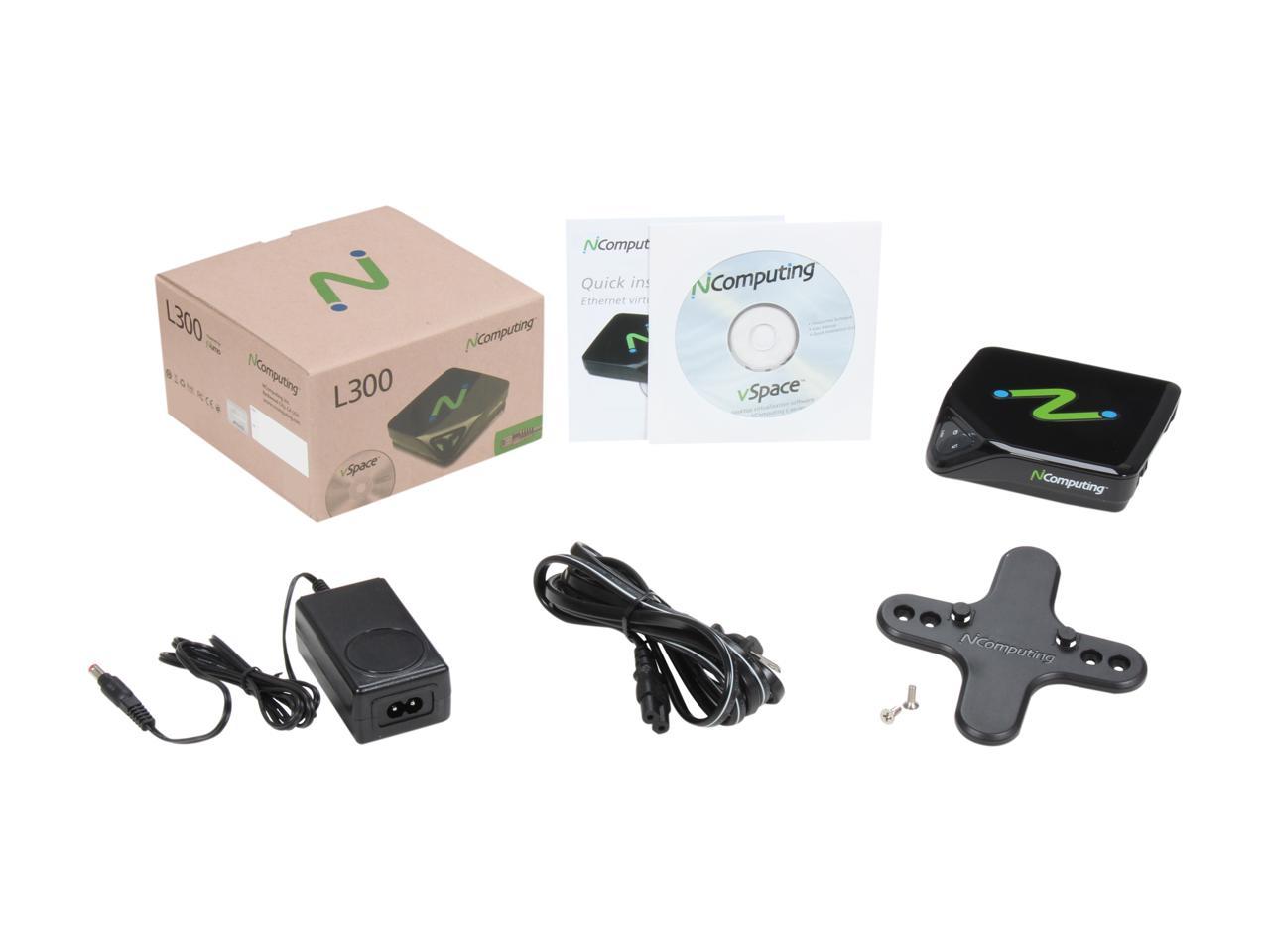

- NCOMPUTING VSPACE CORRUPTED REPEATEDLY UPDATE
- NCOMPUTING VSPACE CORRUPTED REPEATEDLY PATCH
- NCOMPUTING VSPACE CORRUPTED REPEATEDLY CODE

Within the 'getReportType' method in Apache Fineract 1.0.0, 0.6.0-incubating, 0.5.0-incubating, 0.4.0-incubating, a hacker could inject SQL to read/update data for which he doesn't have authorization for by way of the 'reportName' parameter. An attacker can send a malicious doc file to trigger this vulnerability.

NCOMPUTING VSPACE CORRUPTED REPEATEDLY CODE
A specially crafted doc file can cause a heap corruption resulting in arbitrary code execution. An attacker can send/provide malicious doc file to trigger this vulnerability.Īn exploitable heap corruption vulnerability exists in the Doc_SetSummary functionality of AntennaHouse DMC HTMLFilter. An attacker with control over a client system being managed by Ansible and the ability to send facts back to the Ansible server could use this flaw to execute arbitrary code on the Ansible server using the Ansible server privileges.Īn exploitable heap corruption vulnerability exists in the DHFSummary functionality of AntennaHouse DMC HTMLFilter.Īn exploitable heap corruption vulnerability exists in the Doc_GetFontTable functionality of AntennaHouse DMC HTMLFilter. pm3 files may allow remote code execution.īuffer overflow in MedCoreD.sys in AhnLab V3 Internet Security 8.0.7.5 (Build 1373) allows local users to gain privileges via a crafted 0xA3350014 IOCTL call.Īnsible before versions 2.1.4, 2.2.1 is vulnerable to an improper input validation in Ansible's handling of data sent from client systems. Heap-based buffer overflow vulnerabilities in Advantech WebAccess HMI Designer 2.1.7.32 and prior caused by processing specially crafted. pm3 files in Advantech WebAccess HMI Designer 2.1.7.32 and prior may cause the system to write outside the intended buffer area and may allow remote code execution. pm3 files may allow remote code execution.
NCOMPUTING VSPACE CORRUPTED REPEATEDLY UPDATE
Abbott has developed a firmware update to help mitigate the identified vulnerabilities.ĭouble free vulnerabilities in Advantech WebAccess HMI Designer 2.1.7.32 and prior caused by processing specially crafted. CVSS v3 base score: 3.1, CVSS vector string: AV:A/AC:H/PR:N/UI:N/S:U/C:L/I:N/A:N. Additionally, the Accent and Anthem pacemakers store the optional patient information without encryption. Abbott has developed a firmware update to help mitigate the identified vulnerabilities.Ībbott Laboratories Accent and Anthem pacemakers manufactured prior to transmit unencrypted patient information via RF communications to programmers and home monitoring units. CVSS v3 base score: 7.5, CVSS vector string: AV:A/AC:H/PR:N/UI:N/S:U/C:H/I:H/A:H. The authentication algorithm in Abbott Laboratories pacemakers manufactured prior to Aug 28, 2017, which involves an authentication key and time stamp, can be compromised or bypassed, which may allow a nearby attacker to issue unauthorized commands to the pacemaker via RF communications. Abbott has developed a firmware update to help mitigate the identified vulnerabilities. CVSS v3 base score: 5.3, CVSS vector string: AV:A/AC:H/PR:N/UI:N/S:U/C:N/I:N/A:H. Please note that some of the information in the bulletin is compiled from external, open-source reports and is not a direct result of CISA analysis.Ībbott_laboratories - accent/anthem_and_accent_mri_and_assurity/allure_and_assurity_mriĪbbott Laboratories pacemakers manufactured prior to do not restrict or limit the number of correctly formatted "RF wake-up" commands that can be received, which may allow a nearby attacker to repeatedly send commands to reduce pacemaker battery life.
NCOMPUTING VSPACE CORRUPTED REPEATEDLY PATCH
Patch information is provided when available. This information may include identifying information, values, definitions, and related links. Low: vulnerabilities with a CVSS base score of 0.0–3.9Įntries may include additional information provided by organizations and efforts sponsored by CISA.Medium: vulnerabilities with a CVSS base score of 4.0–6.9.High: vulnerabilities with a CVSS base score of 7.0–10.0.The division of high, medium, and low severities correspond to the following scores: Vulnerabilities are based on the Common Vulnerabilities and Exposures (CVE) vulnerability naming standard and are organized according to severity, determined by the Common Vulnerability Scoring System (CVSS) standard. Please visit NVD for updated vulnerability entries, which include CVSS scores once they are available. In some cases, the vulnerabilities in the bulletin may not yet have assigned CVSS scores. The CISA Vulnerability Bulletin provides a summary of new vulnerabilities that have been recorded by the National Institute of Standards and Technology (NIST) National Vulnerability Database (NVD) in the past week.


 0 kommentar(er)
0 kommentar(er)
